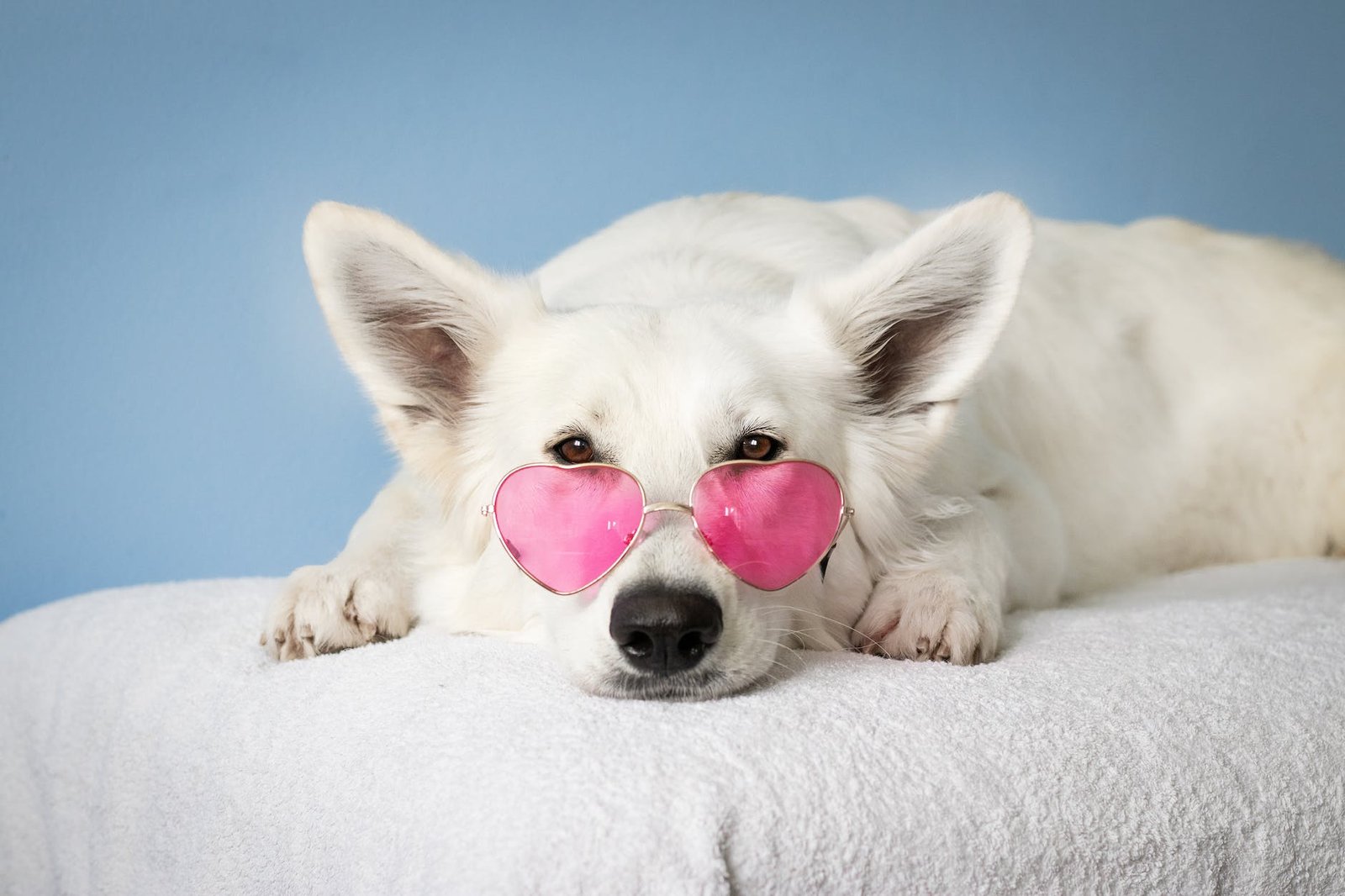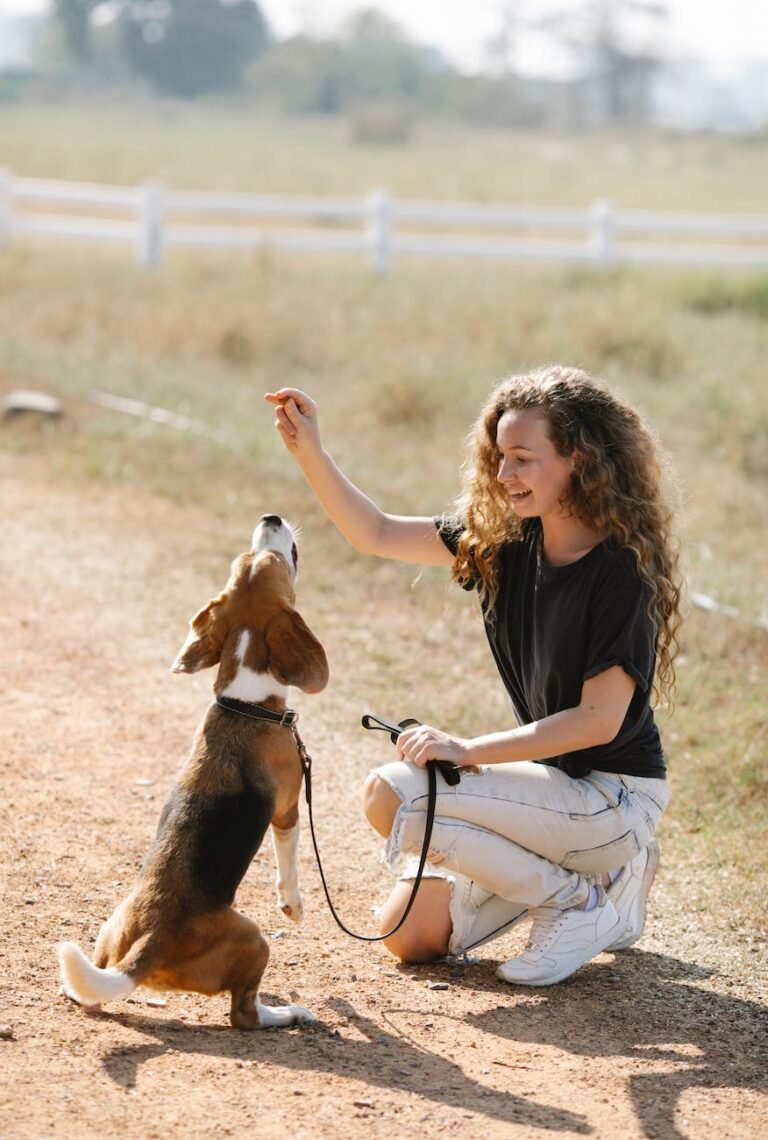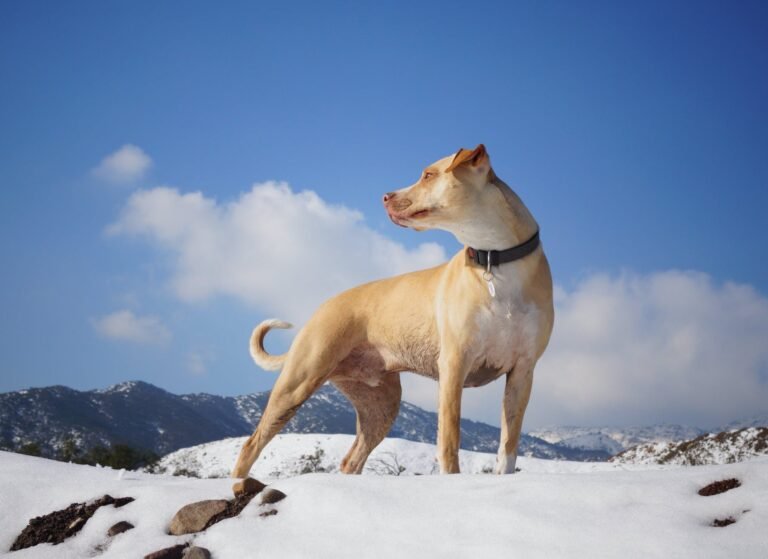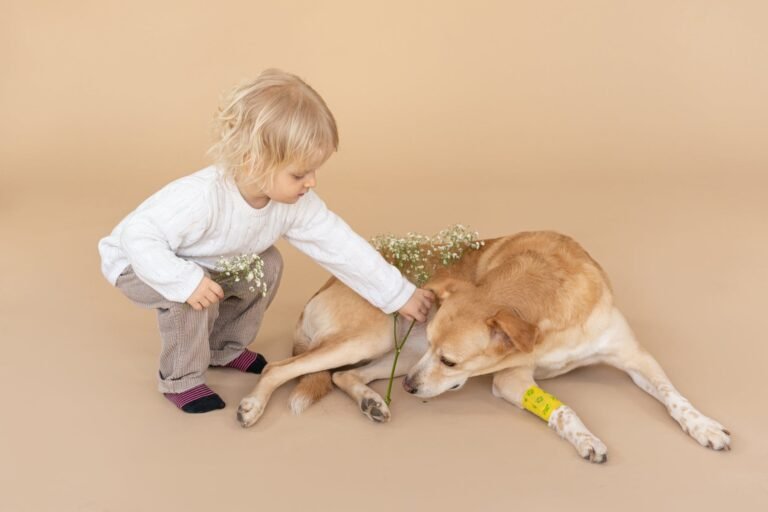Discover Your Perfect Match: Hypoallergenic Dog Breeds for Your Lifestyle
Understanding Hypoallergenic Dog Breeds
If you’re considering getting a dog but have allergies, exploring hypoallergenic dog breeds may be a great option for you. Understanding what “hypoallergenic” means and learning about allergens and dog allergies can help you make an informed decision when choosing the right dog breed for your lifestyle.
What Does “Hypoallergenic” Mean?
Hypoallergenic dog breeds are those that produce fewer allergens, making them a better choice for people with allergies, according to the American Kennel Club (AKC). It’s important to note that there is no truly hypoallergenic dog breed, as all dogs produce allergens to some extent. However, hypoallergenic breeds produce fewer allergens compared to other breeds.
The term “hypoallergenic” refers to the reduced potential for triggering an allergic reaction in sensitive individuals. While no dog can be completely allergen-free, hypoallergenic breeds are often recommended for individuals with asthma or allergies, as they may cause fewer allergic reactions or milder symptoms.
Allergens and Dog Allergies
Allergies to dogs are not caused by dog hair but rather by the proteins found in the dog’s saliva, urine, and dander (dead skin flakes) (Healthline). These proteins can cause allergic reactions in sensitive individuals, leading to symptoms such as sneezing, itching, watery eyes, and respiratory issues.
Some individuals may be more sensitive to certain dog breeds than others, as the level of allergenic proteins and shedding can vary even within the same breed. This is why it’s important to spend time with a dog of the hypoallergenic breed before bringing one into your home to see how your allergies react. Additionally, individual reactions to dog allergens can vary, so it’s recommended to consult with an allergist or spend time with different dog breeds to assess your own allergic response.
By understanding the meaning of hypoallergenic and the allergens associated with dog allergies, you can make an informed decision when selecting a hypoallergenic dog breed that suits your lifestyle and minimizes the risk of allergy symptoms. In the next section, we will explore some popular hypoallergenic dog breeds, including Poodles, Bichon Frises, Portuguese Water Dogs, and Maltese.
Popular Hypoallergenic Dog Breeds
When it comes to hypoallergenic dog breeds, several options are well-known for their allergy-friendly qualities. These breeds are often recommended for individuals with allergies or sensitivities. Let’s explore some of the popular hypoallergenic dog breeds:
Poodles: The Classic Hypoallergenic Breed
Poodles are considered a classic hypoallergenic breed (AKC). They have a curly, non-shedding coat that helps reduce the amount of allergens in the environment. Poodles come in various sizes, including standard, miniature, and toy, making them suitable for different living situations. Their intelligence, trainability, and friendly nature make them a popular choice for families and individuals alike.
Poodles are often recommended for individuals with allergies due to their hypoallergenic qualities. Their low-shedding coat helps minimize the presence of allergens, making them a good option for allergy sufferers (Cleveland Clinic). They require regular grooming to maintain their coat’s health and prevent matting.
Bichon Frise: A Small and Hypoallergenic Companion
Bichon Frises are small, fluffy dogs known for their hypoallergenic qualities (AKC). These affectionate and playful companions have hair rather than fur, which reduces the amount of dander and allergens they produce. Bichon Frises are a great choice for individuals living in apartments or small homes.
Considered one of the best dog breeds for allergy sufferers, Bichon Frises have a coat that doesn’t shed much, minimizing the spread of allergens in the environment (Cleveland Clinic). Regular grooming, including brushing and professional trimming, is necessary to keep their coat healthy and prevent matting.
Portuguese Water Dog: Active and Allergen-Friendly
Portuguese Water Dogs are known for their hypoallergenic and water-resistant coats (AKC). These energetic and intelligent dogs make great companions for active individuals and families. As their name suggests, they have a natural affinity for water and enjoy swimming and other water activities.
Considered hypoallergenic and suitable for allergy sufferers, Portuguese Water Dogs have a non-shedding coat that helps reduce the spread of allergens in the environment (Cleveland Clinic). Regular grooming, including brushing and occasional professional grooming, is important to maintain their coat’s health.
Maltese: A Hypoallergenic Lap Dog
Maltese dogs are small, hypoallergenic lap dogs known for their luxurious, white coat (AKC). Despite their long hair, Maltese dogs produce less dander and are often well-tolerated by individuals with allergies. They are gentle, affectionate, and thrive on human companionship.
Considered hypoallergenic, Maltese dogs can be a good choice for individuals with allergies (Cleveland Clinic). Regular grooming, including brushing and occasional haircuts, is necessary to prevent matting and keep their coat looking beautiful.
When considering a hypoallergenic dog breed, it’s important to keep in mind that individual allergic reactions may vary. Spending time with the breed you are interested in and consulting with breeders or professionals can help determine if a specific hypoallergenic breed is suitable for you. Regular grooming, including brushing, bathing, and professional grooming if needed, is essential to minimize allergens in the home and keep your hypoallergenic dog’s coat healthy and clean.
Factors to Consider When Choosing a Hypoallergenic Dog
When selecting a hypoallergenic dog, there are several factors you should consider to ensure a compatible match. These factors include individual allergic reactions, grooming and maintenance requirements, and compatibility with your lifestyle.
Individual Allergic Reactions
It’s important to recognize that individual reactions to dog allergens can vary. Even with hypoallergenic breeds, some individuals may still experience allergies. Therefore, it is recommended to spend time with a dog of the hypoallergenic breed before bringing one into your home (AKC). This trial period will help you assess your allergic response and determine if a specific hypoallergenic breed is suitable for you. To further understand the impact of allergenic proteins and shedding, it is advisable to spend quality time with the dog to observe your allergies’ reaction (Healthline).
Grooming and Maintenance
The grooming and maintenance requirements of hypoallergenic dogs can vary. While these breeds are generally known for producing fewer allergenic particles, they often require regular grooming to keep their coats in optimal condition. Some hypoallergenic breeds have hair that continues to grow, similar to human hair, rather than shedding like other breeds. This means that regular haircuts and brushing are necessary to prevent matting and keep the coat clean and healthy. Other hypoallergenic breeds may have different grooming needs, such as specialized shampoos or coat care products.
Consider your availability and willingness to invest time and effort into grooming and maintenance. If you prefer a low-maintenance option, there are hypoallergenic breeds with shorter, easier-to-maintain coats. However, keep in mind that even low-maintenance hypoallergenic breeds still require regular grooming to some extent.
Compatibility with Your Lifestyle
When choosing a hypoallergenic dog, it’s essential to consider how well their temperament and activity level align with your lifestyle. Some hypoallergenic breeds may be more energetic and require ample exercise and mental stimulation, while others may be more laid-back and content with less physical activity. Consider factors such as the size, exercise needs, and adaptability of the breed to determine if it will fit well into your daily routine.
Additionally, think about your living situation and any potential restrictions. If you live in an apartment with limited space, a smaller hypoallergenic breed may be more suitable. On the other hand, if you have a larger living space or an active lifestyle, a medium or larger hypoallergenic breed may be a better match.
By considering individual allergic reactions, grooming and maintenance requirements, and compatibility with your lifestyle, you can make an informed decision when choosing a hypoallergenic dog breed. Remember, it’s crucial to spend time with the breed you’re considering before bringing one into your home to ensure compatibility with your allergies (The Spruce Pets).
Managing Allergies with Hypoallergenic Dogs
If you have allergies but still long for the companionship of a furry friend, managing your allergies while owning a hypoallergenic dog is possible. With the right care and precautions, you can enjoy the company of a hypoallergenic dog without experiencing severe allergic reactions. Here are some strategies for managing allergies with hypoallergenic dogs.
Regular Grooming and Bathing
Regular grooming and bathing of your hypoallergenic dog are essential in reducing allergenic proteins and dander, regardless of the breed (Healthline). Hypoallergenic dog breeds often have hair instead of fur, which helps reduce the amount of allergens they release into the environment. However, this doesn’t mean you can skip grooming. Regular grooming helps prevent matting and maintains a low level of allergens.
Create a grooming routine that includes brushing your dog’s hair frequently to remove loose hair and dander. This can be done using a brush specifically designed for your dog’s hair type. Additionally, bathing your hypoallergenic dog regularly with hypoallergenic dog shampoo can help reduce allergens on their coat. Consult your veterinarian for guidance on the appropriate bathing frequency for your specific breed.
Creating an Allergen-Friendly Home Environment
To minimize allergens in your home, there are several steps you can take:
- Clean your home regularly, including vacuuming with a HEPA filter-equipped vacuum cleaner to effectively capture allergens.
- Use hypoallergenic bedding for your dog, such as washable pet beds with removable covers.
- Wash your dog’s bedding frequently to remove allergens that may accumulate over time.
- Keep your living space well-ventilated to reduce the concentration of allergens in the air.
- Consider using air purifiers with HEPA filters to help remove allergens from the environment.
By creating an allergen-friendly home environment, you can significantly reduce the presence of allergens and minimize allergic reactions for individuals with allergies to hypoallergenic dog breeds (source).
Seeking Professional Allergy Testing and Advice
It’s important to note that individual reactions to allergens can vary, and not all individuals with allergies will have the same response to hypoallergenic dog breeds. Before bringing a hypoallergenic dog into your home, it’s recommended to spend time with a specific breed to assess your compatibility with allergies (The Spruce Pets).
If you have concerns about your allergies, seeking professional allergy testing and advice from an allergist can provide valuable insights. An allergist can help identify specific triggers and provide personalized recommendations for managing allergies while owning a dog.
Remember, while hypoallergenic dog breeds may be less likely to trigger allergies, they are not completely allergen-free. It’s important to take proactive measures to manage your allergies and ensure a harmonious coexistence with your hypoallergenic companion.
By following regular grooming practices, creating an allergen-friendly home environment, and seeking professional allergy testing and advice, you can enjoy the love and companionship of a hypoallergenic dog while keeping your allergies under control.







